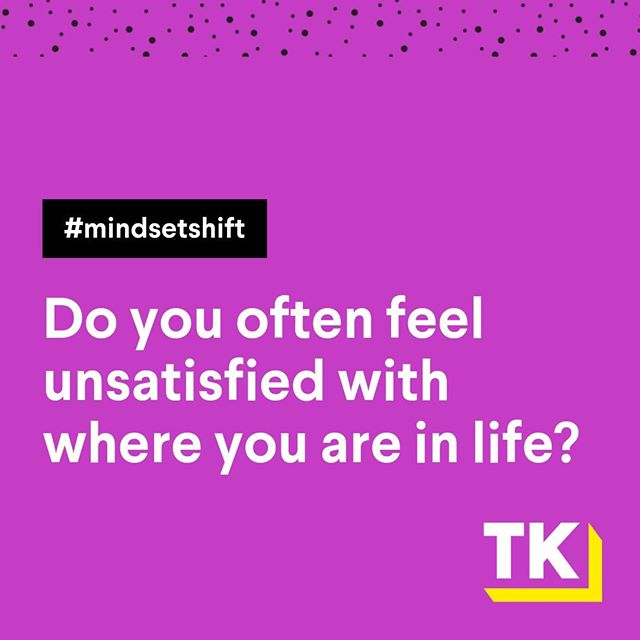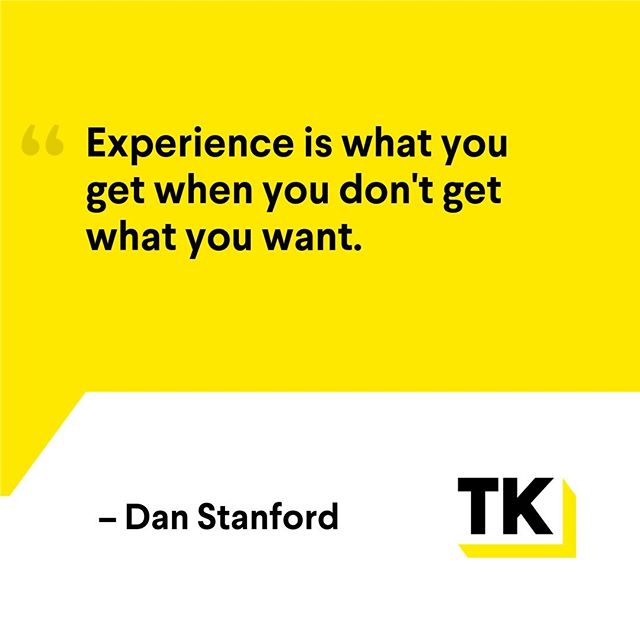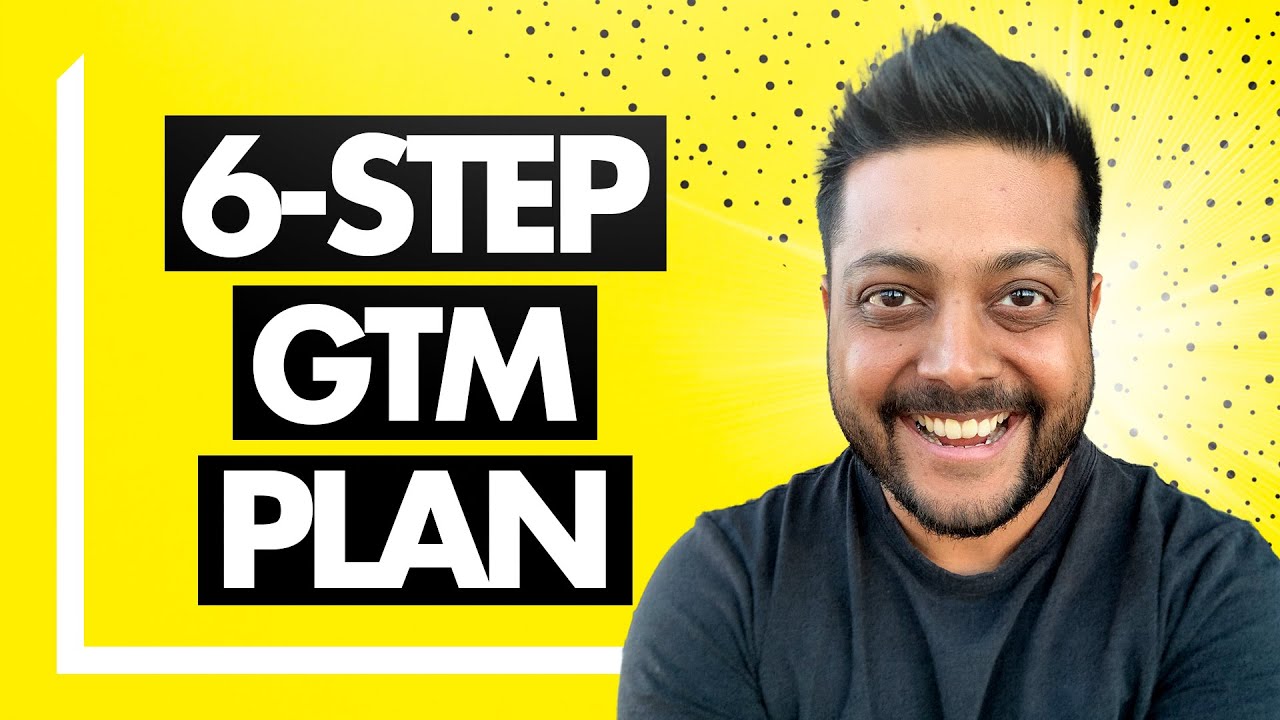I think an introduction to Braintrust in this blog is long overdue. While I’ve been writing a ton of blog entries about Tout (the web-app I built in 3 days), I wasn’t quite ready to officially introduce Braintrust up until now.
What is Braintrust?
First, let me explain the problem Braintrust tries to solve.
I believe there is a magic spot between group email collaboration and real-time chat.
Historically, this has been filled by mailing lists and discussion forums, both of which now pale in comparison when it comes to the Web 2.0 user experience we demand from our tools.
Today, there are a handful of products trying to fill this void, trying to bridge the gap between email and chat, keeping the organizational benefits of discussion forums, and introducing the snazziness of social networks, comments, and news feeds.
Google Wave, SocialWok, and some others are examples of this space, and now, so is Braintrust.
To be clear, Braintrust is not trying to be everything Google Wave is, it is simply trying to solve the same problem through my own vision of how the problem can be solved.
**Simply put, Braintrust is a social collaboration tool that helps groups organize their conversations. I built Braintrust by combining the timeless elements of a traditional discussion forum and innovative features from popular social networks. Braintrust is hosted in the cloud, works in real-time, and provided as a SaaS offering.**
Why is Braintrust a lean startup?
First of all, up until a month or so ago, I never paid attention to the lean startup movement.
After hearing/reading a lot about it, it just so turned out that my principles around starting a business by and large matched up to a lot of the practices that lean suggests.
But, when looked at through the lens of lean, there are a lot of interesting observations.
When I started out with my idea for Braintrust, it wasn’t called Braintrust, and it didn’t look much like what Braintrust is today.
As Steve Jobs said in his Stanford commencement speech, “you can’t connect the dots looking forward; you can only connect them looking backwards.”
The Braintrust you see today is the result of at least three major pivots (along with a number of smaller “recalibrations”) and a fair amount of customer development.
1. My idea for Braintrust first started as a crowdsourcing tool where people could ask a question and have structured discussions (read: Q&A) on the best answer.
I called it Recommnd. I pivoted away from this idea because a) UserVoice nailed it and b) I realized that I didn’t believe in crowdsourcing, I really just wanted to get the opinion of a select few that I trust.
2. So my idea of Recommnd morphed into “Ask My Braintrust” — the idea was to take the interface I designed for crowdsourcing and apply it to a private set of “advisors” — a Braintrust if you will.
While doing customer development around this product, I kept failing to reach “product market fit” — people loved the idea, but no one had a ready made group of advisors that they could tap into to create a Braintrust.
And for the small number of people that did, the market just wasn’t big enough or wasn’t exciting enough.
The best piece of advice I got during this phase was “You’re going after people and trying to convince them to create a group and then use your product… why not go after people that are already in a group?”
3. And so, that lead to my third pivot. Instead of focusing on “advisors,” I focused on teams (a.k.a. existing groups).
Also, instead of just trying to appeal to all kind of groups (e.g. families, social groups, communities), I decided to narrow my focus as well (this was one of the smaller re-calibrations).
4. I don’t think I’m fully there yet, but I think I’ve reached a point with enough people loving the Braintrust product that I want to get it out to a larger audience.
I wouldn’t be surprised if there are going to be a few more pivots in the path ahead, but I think the core product is by and large there.
**The development of Braintrust has been lean as well.**
I did most of the development myself and used contractors when I could. With the size of Braintrust, and all of its moving pieces, it literally would have been impossible to build something like this without the use of open source and the common services on the cloud.
So here goes the shoutouts:
1. If it wasn’t obvious already, I’m a total Rails fanboy. Without Ruby on Rails, I don’t think I would be in the web business, and Braintrust almost certainly would not exist.
2. Braintrust is hosted on EC2. Because it uses XMPP, ActiveMQ and ActiveMessaging to deliver the real-time features, going with Heroku like I did with Tout was not an option.
3. Being a single founder, I didn’t want to risk wasting time on OPS, so I wanted to automate as much of my infrastructure configuration as possible.
So I used Chef and Capistrano for infrastructure setup, packaging and deployments. Everything is automated. “chef-solo and cap production deploy” — you still rock my world.
4. Not to boast or anything, but Braintrust has a ridiculously sick UI and User Experience. I mean it, but I can’t take credit for all of it.
If it wasn’t for the AMAZING jQuery library and the even more amazing plugin development community, I’d never be able to get Braintrust to auto-expand text boxes, automatically embed Youtube videos using oEmbed, or show growl-like real-time notifications.
5. I think special recognition also goes to the open-source community (and the magic of Github) in general, which lets not-so-talented developers like me bring my ideas to life.
I really want to make it a goal to give back, I’m just afraid of whether the OS community is ready for my terrible coding skills.
If I had to spend time writing GMail address book imports, or messaging libraries, Braintrust would never have come to market.
**I think the last thing I want to mention is that lot of people think being lean means not having a vision.**
This wasn’t the case with Braintrust. Through customer development and pivoting, there were numerous times I could’ve slapped on a to-do list to Braintrust and turned it into a project management tool and called it a day (otherwise known as Product-Market-Fit) — because that is what the people I was talking to were asking for.
But, I stuck with my vision and my goal, that this would be a tool around **conversation management** and not about **project management**.
I still don’t know for sure whether this was the right move, but helping people communicate better is what excites me, and so I stuck with that goal and to this day still continue to find a better product-market-fit.
I have this vision, and I’m sticking to it.
So…what’s next?
Well, I’m still bootstrapped, but I’ve given my resignation at my day job to work on this full time. Whether I go in for angel funding or whether I keep bootstrapping this while doing consulting on the side is still unknown.
It really depends on how much $$$ Braintrust starts generating with the PR and Marketing push I’m kicking off with this blog entry. That and the appetite for risk my wife OKs.
Ideally, I would like Braintrust to get a decent number of paying customers so that I can build out my team.
There are so many more ideas I have to move Braintrust forward, but I don’t want to continue development at this point until I see whether this thing can truly fly at the level I need it to.
In Conclusion
Wow, what a ride. I’m excited, I’m jazzed, and I’m scared shitless.












